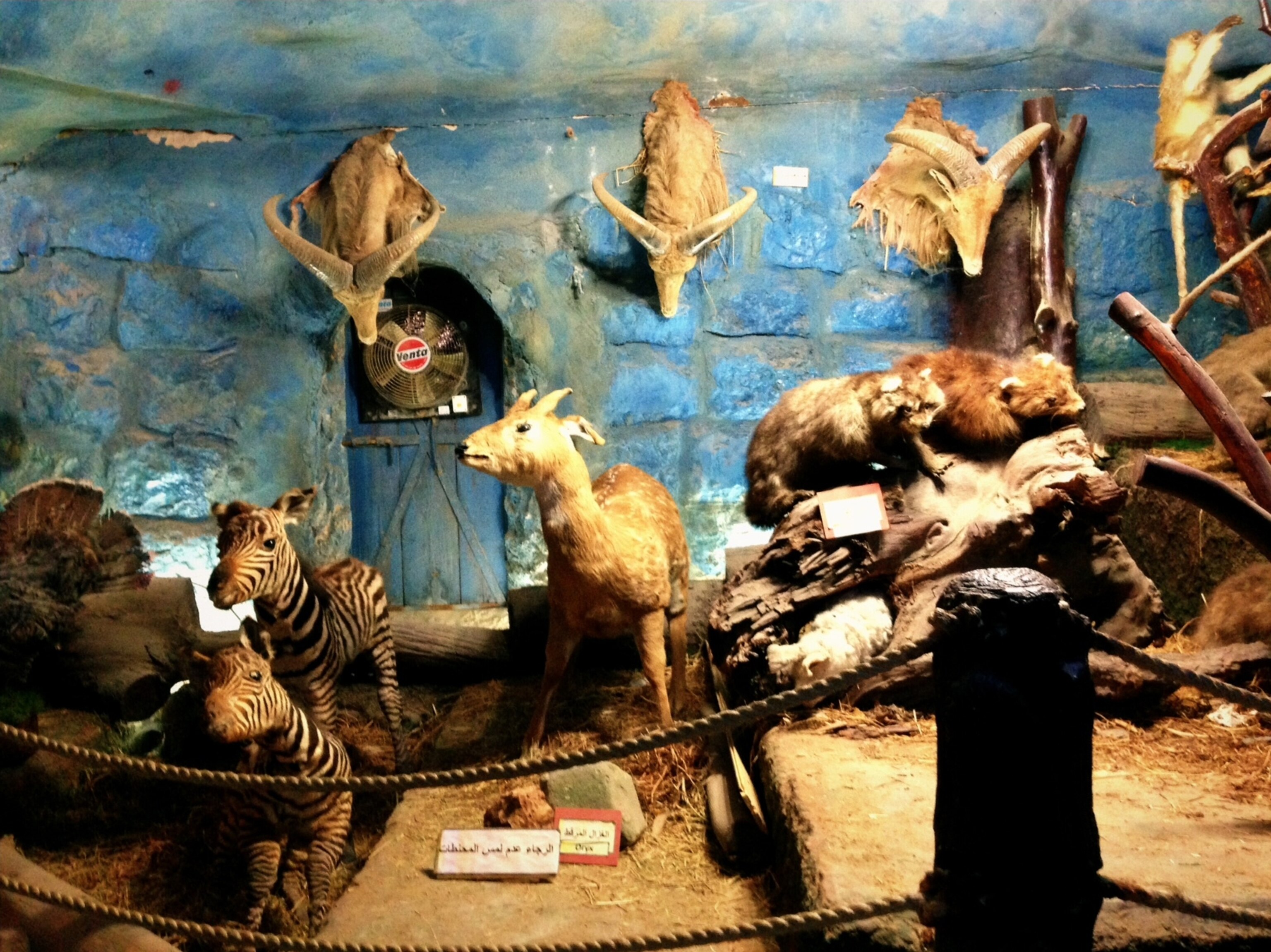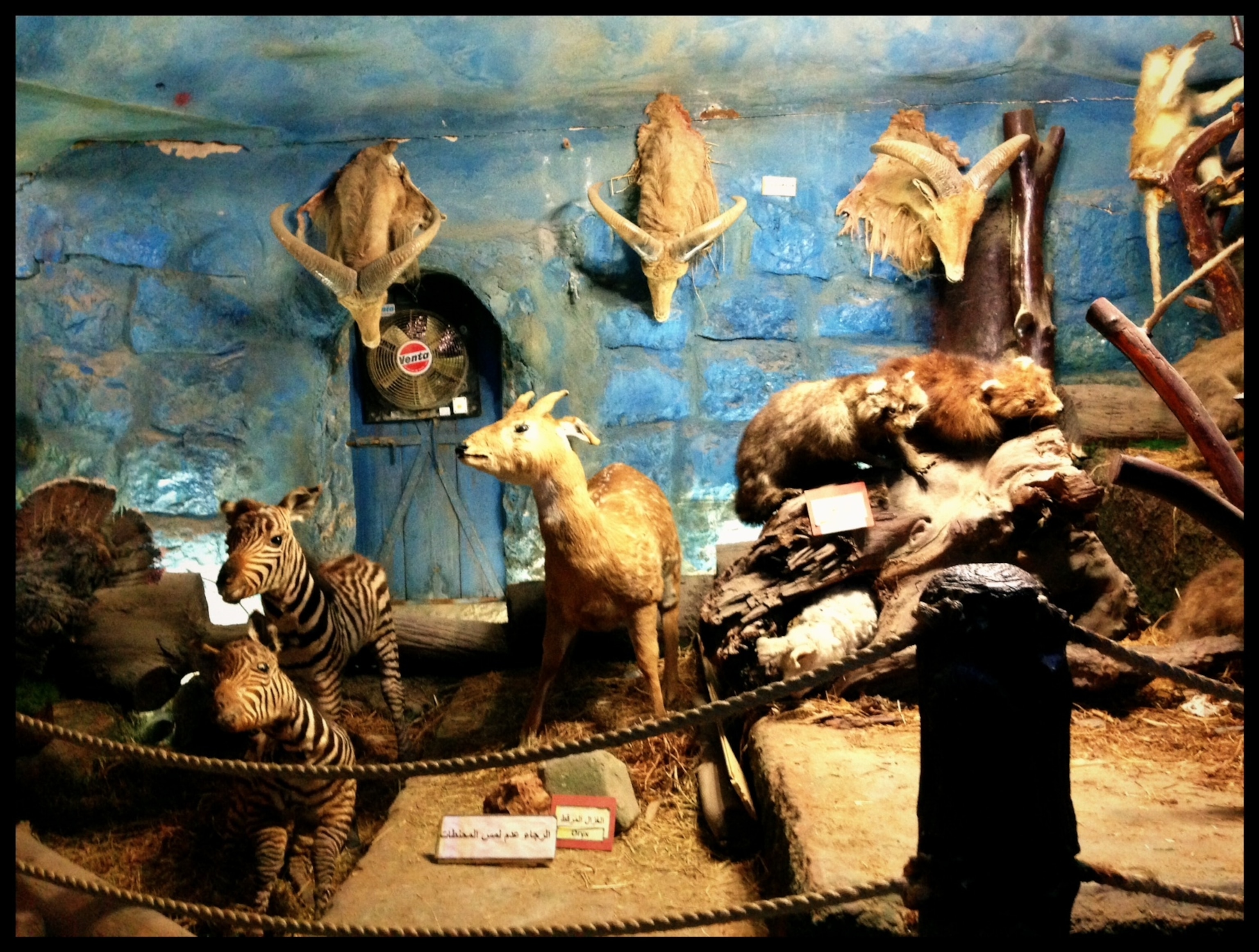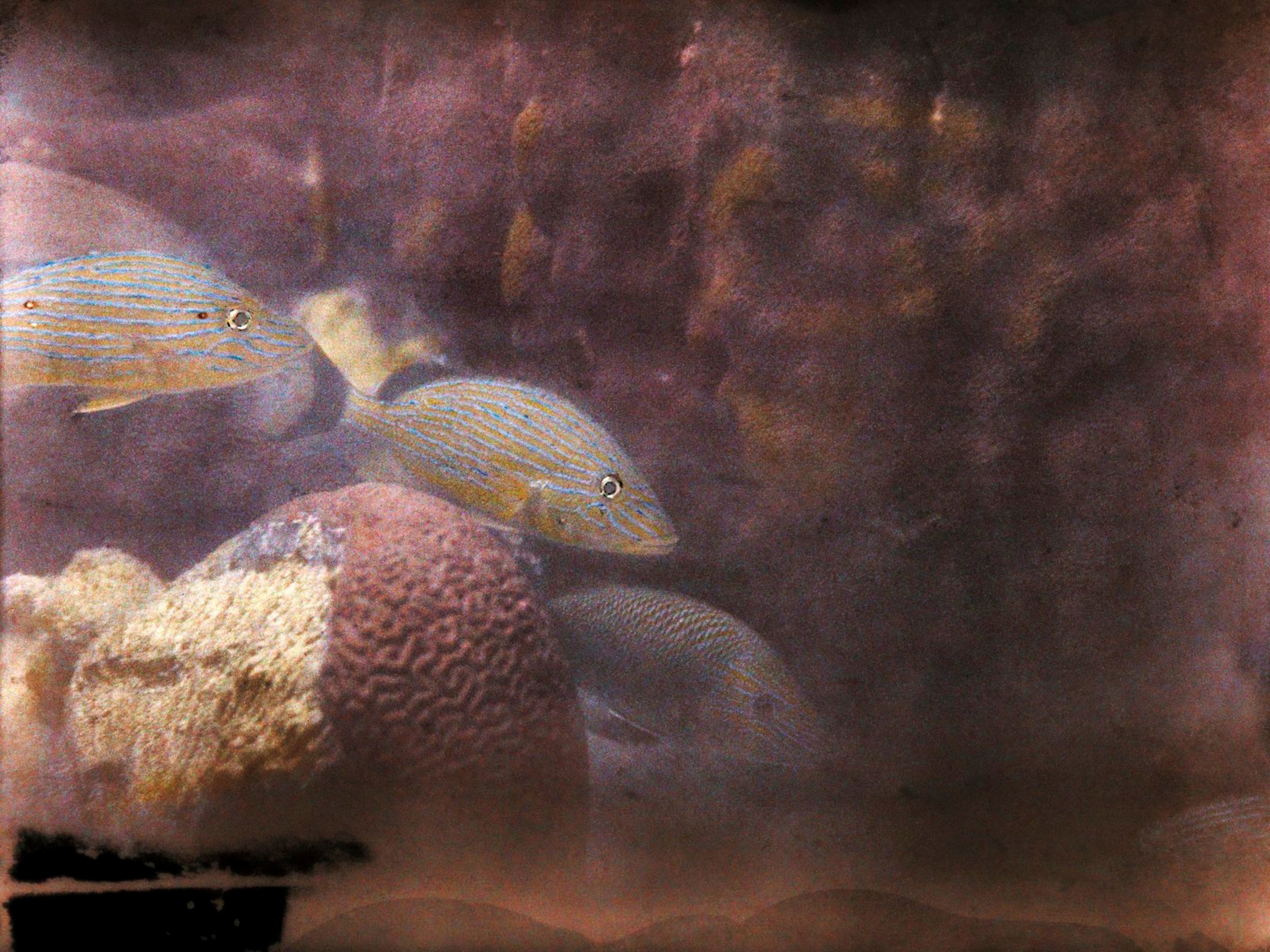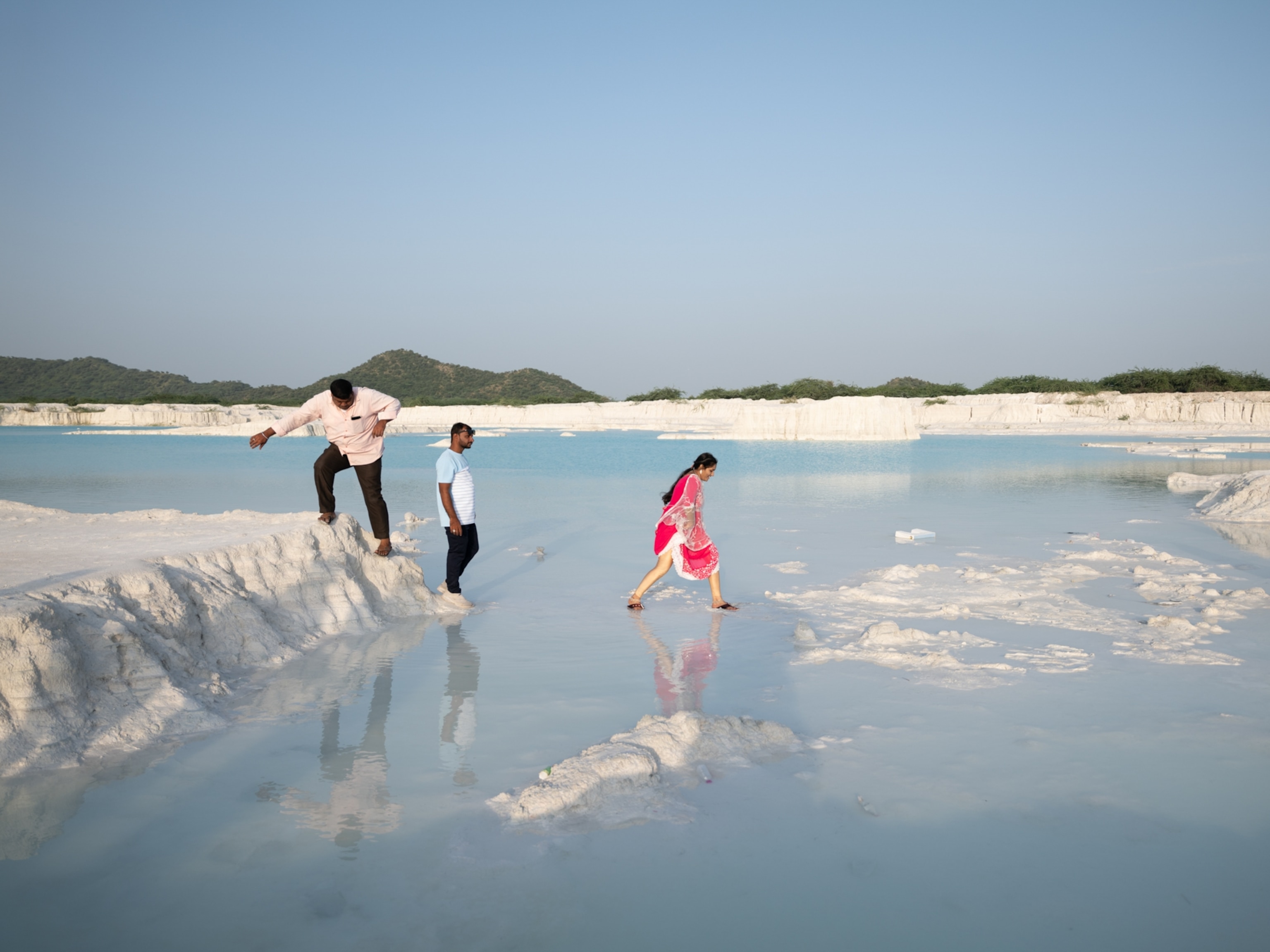West Bank Diary: Robert Clark’s Visual Notes From the Field
“I’ve constantly been a mobile phone user. It’s like taking notes on my life. I don’t write a diary, but this is the way I communicate.” — Robert Clark
Robert Clark is known for pushing his own boundaries. Normally known for lighting and shooting photos in controlled situations, for his most recent assignment we sent him to the West Bank for an upcoming story on taxidermy.
He returned last week and shared this iPhone diary with Proof.
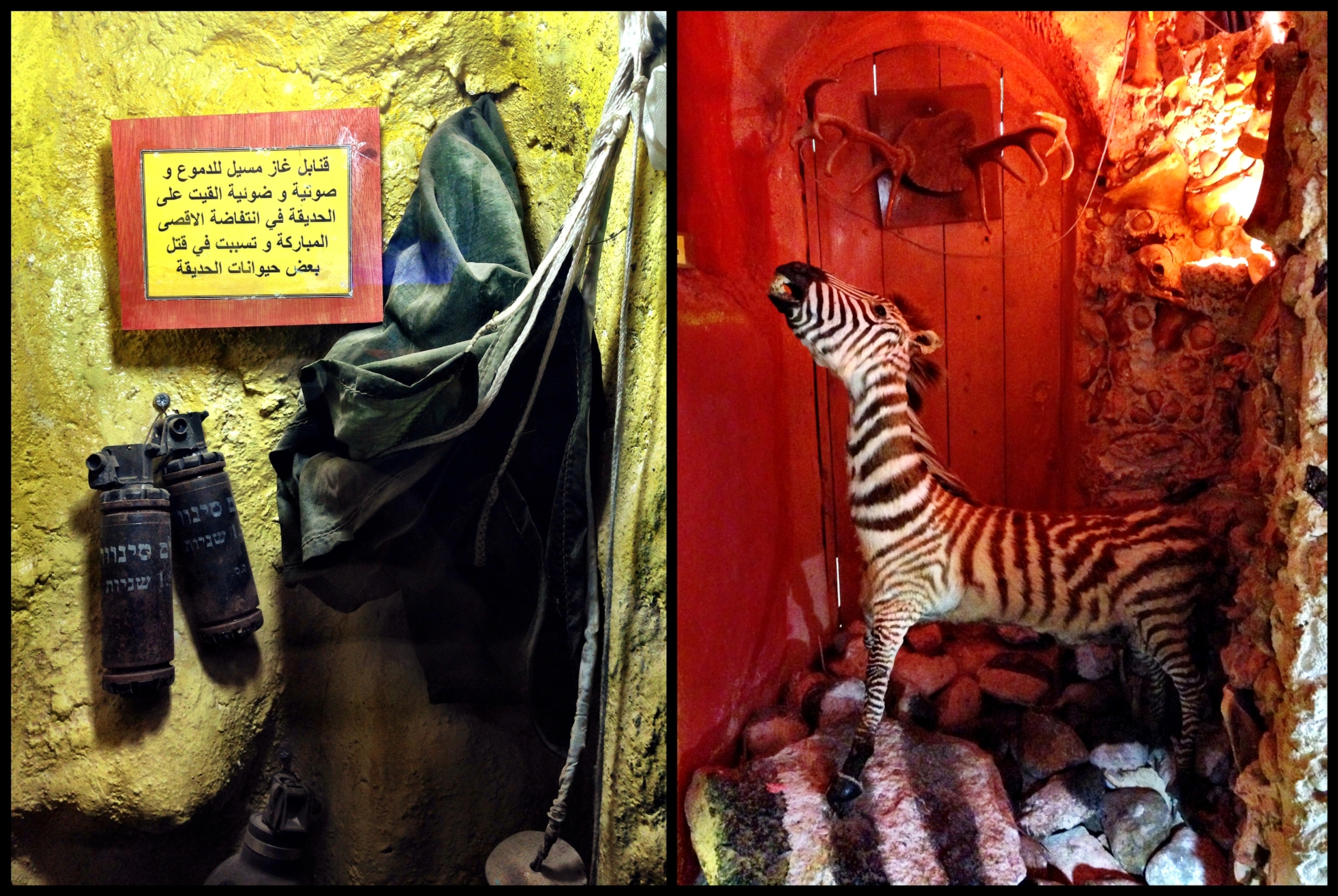
While in the West Bank, Clark traveled to the Qalqilya Zoo to meet Dr. Sami Khader, the resident director and veterinarian. Khader taught himself the art of taxidermy in order to preserve beloved animals that had suffered untimely deaths as a byproduct of war. Some animals died of starvation, others inhaled tear gas, and a doomed giraffe hit its head after being frightened by Israeli shelling.
“He had about 40 to 50 animals,” says Clark. “Zebras, deer, Syrian bears, tigers, a cougar.”
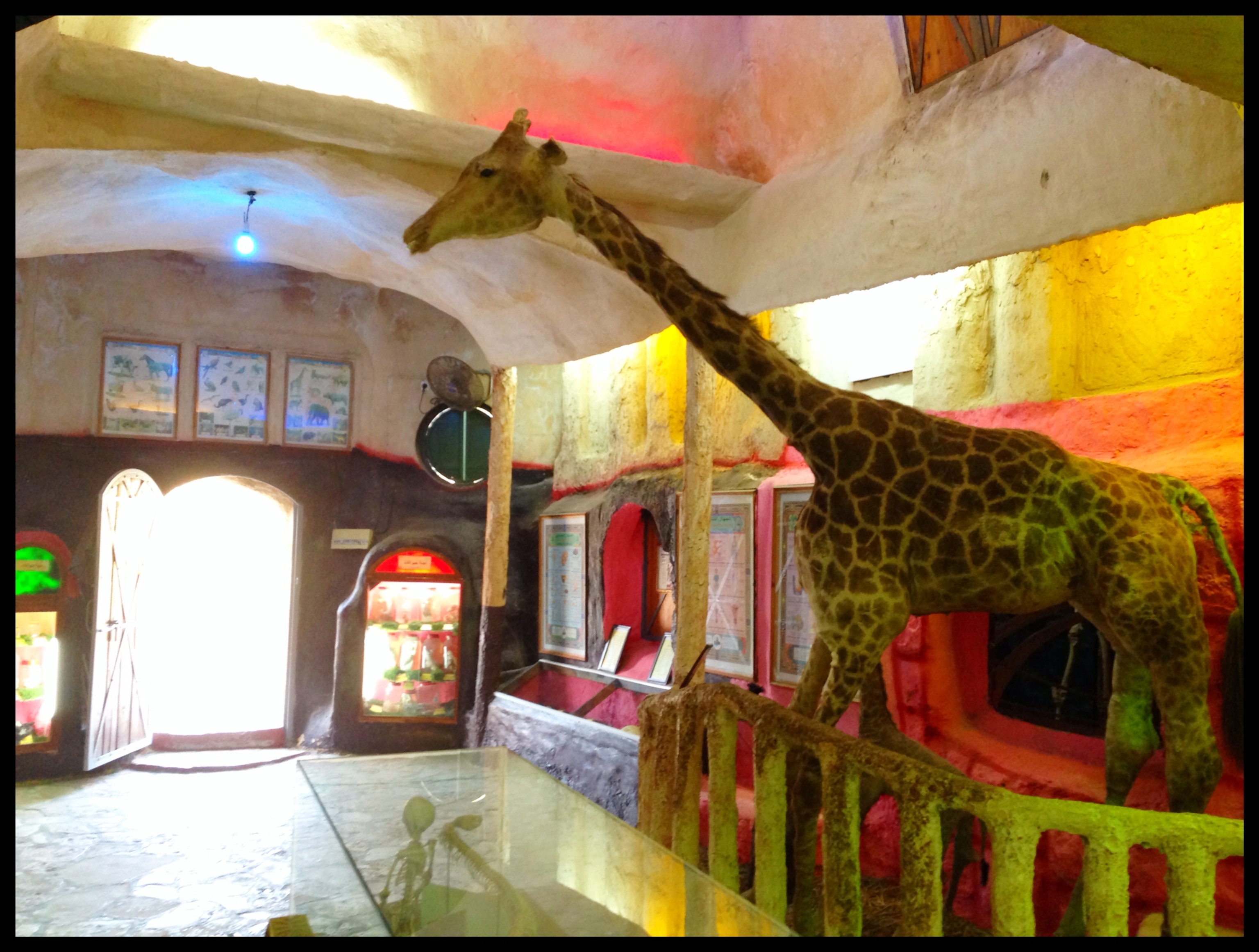
Zoo animals in Palestine are not easy to come by, and not easy to replace. So when the animals died, Dr. Khader preserved them as best he could using techniques he learned on the Internet.
“This was taxidermy in its most unvarnished way. I think it’s really noble. It’s really understandable why he would do this—because he wants to educate the Palestinians—because they don’t have the chance to travel and see these things,” says Clark.
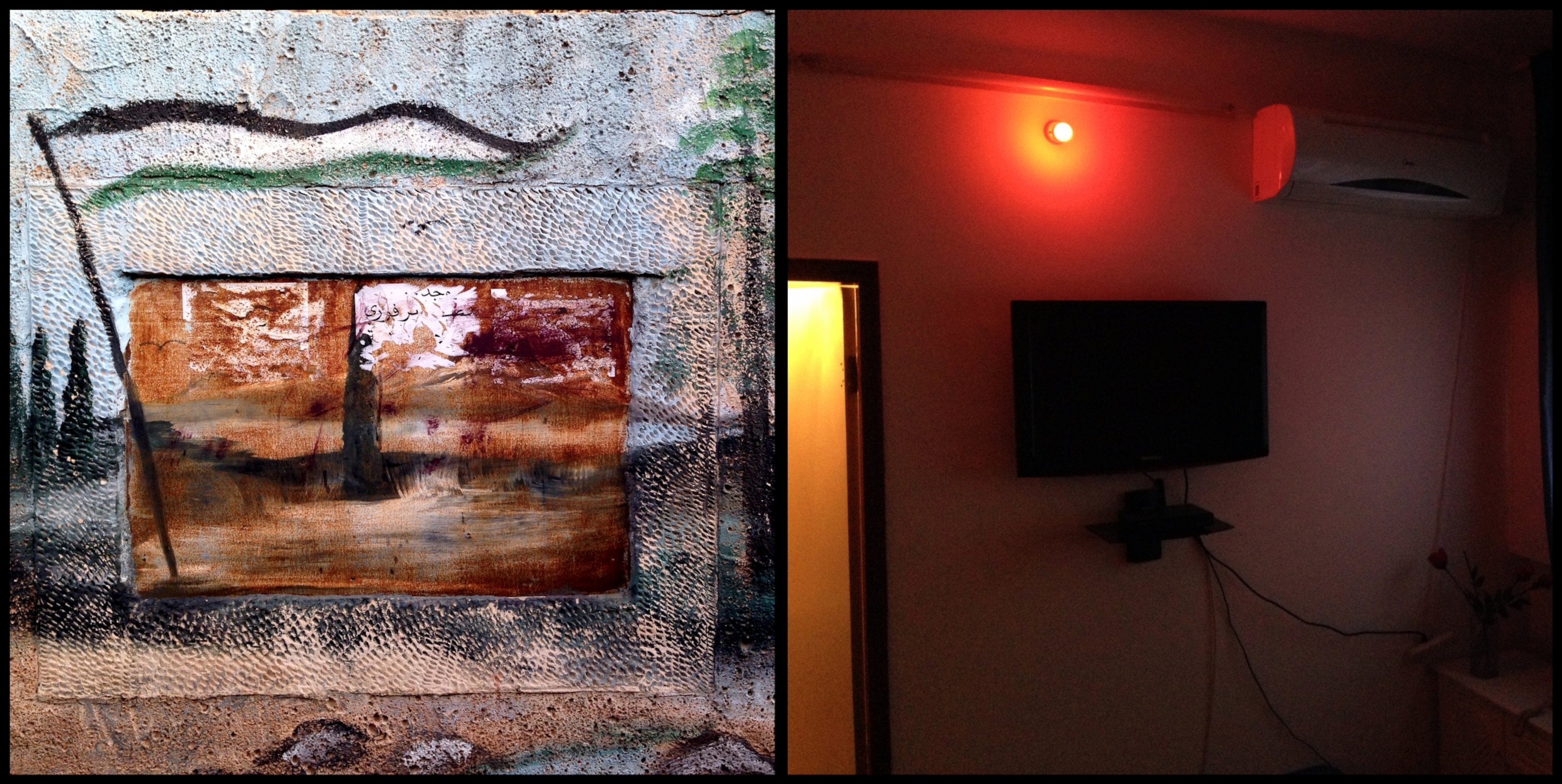
Clark’s iPhone images include photos of graffiti art of the Dome of the Rock (which Palestinians have difficulty seeing due to travel restrictions), women driving bumper cars at the Qalqilya amusement park, and a food snapshot of the best hummus he says he’s ever had.
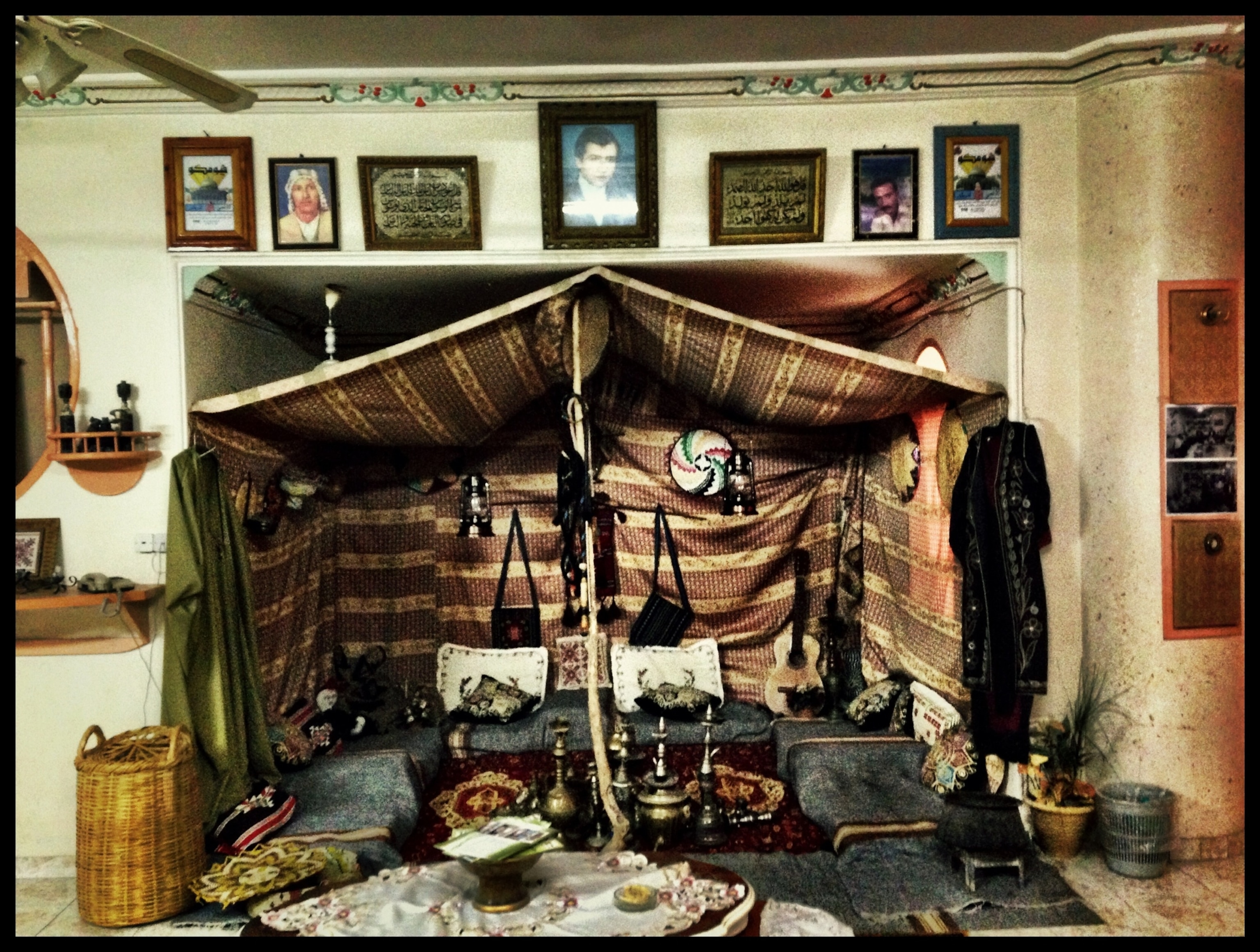
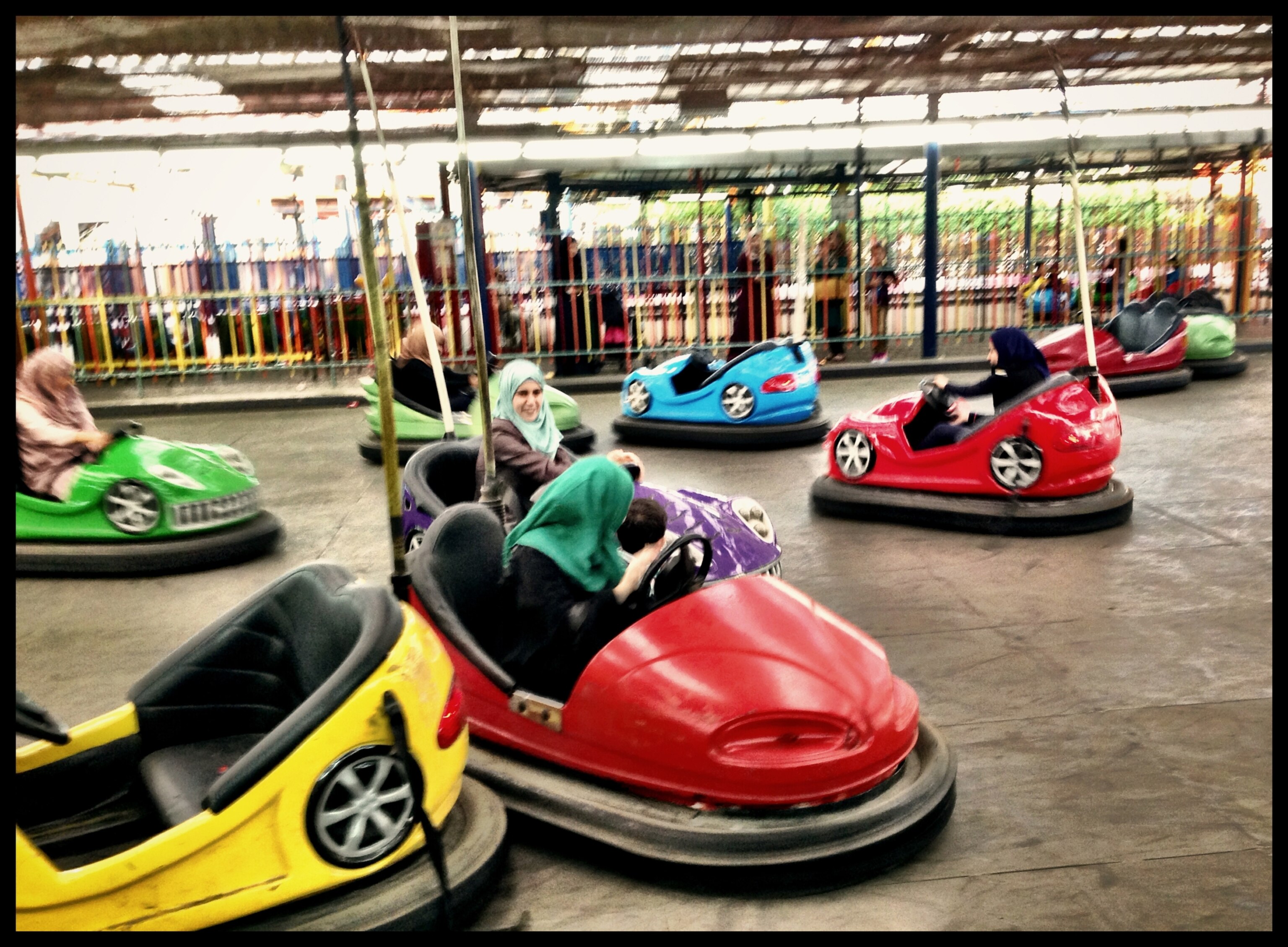
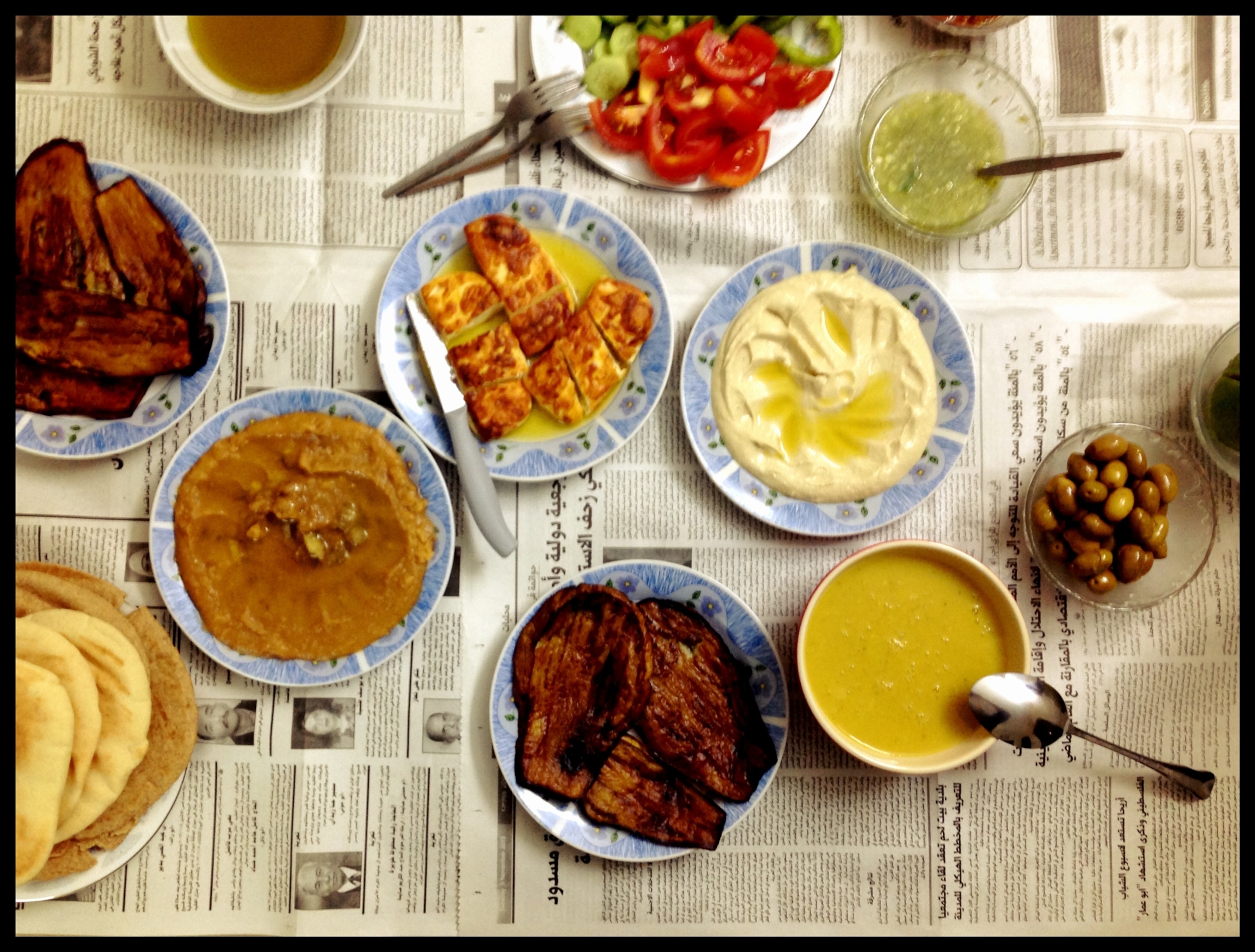
As for the trip itself, Clark says: “It was amazing; this was special. [My translator] took me home. I had dinner with his family. People were lovely. Everybody wanted to practice their English. Life is pretty difficult there, and it was special just to see people’s attitudes and how they survive.”
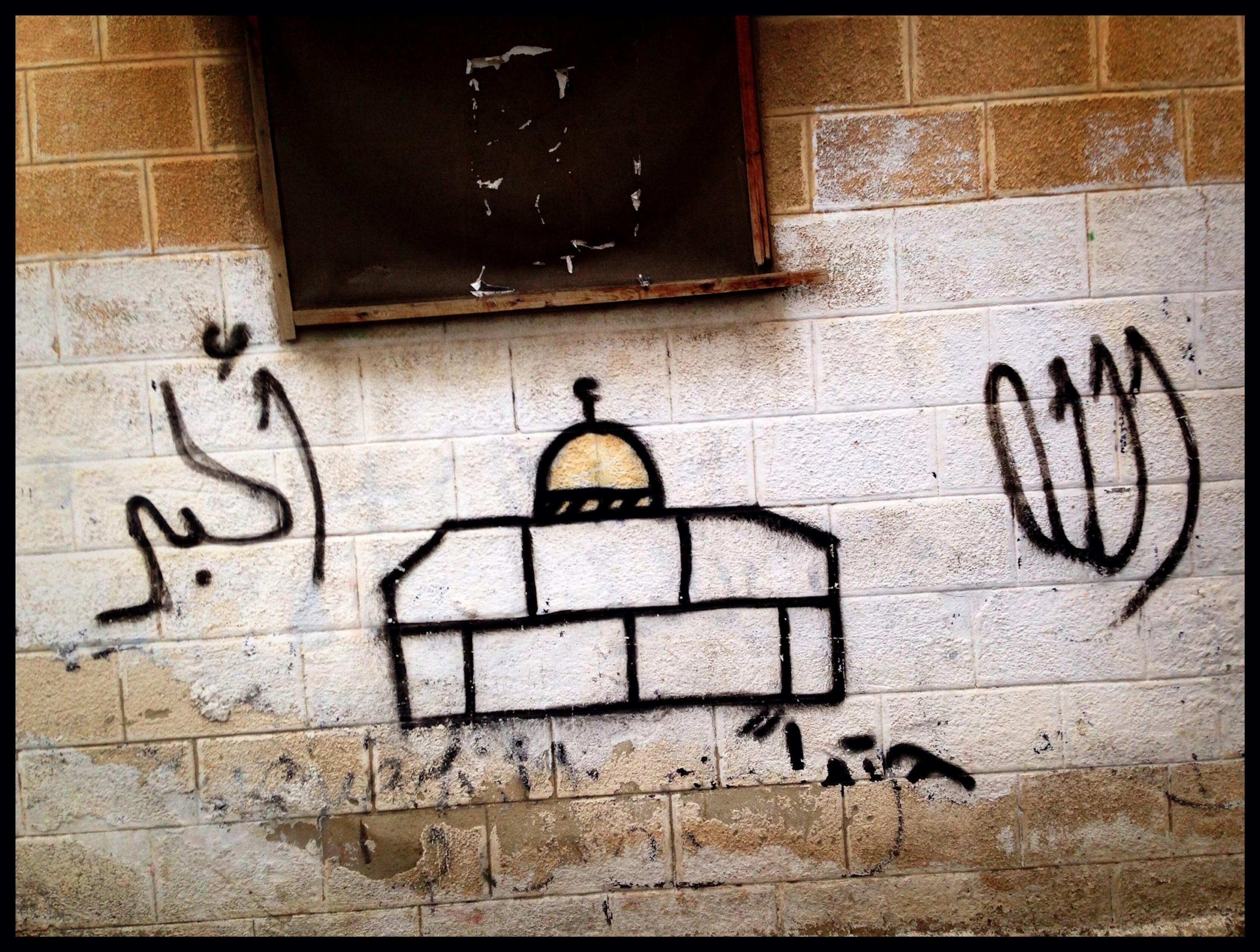
Robert Clark has done more than 30 assignments for National Geographic magazine. To see more of his work, visit his website here.
